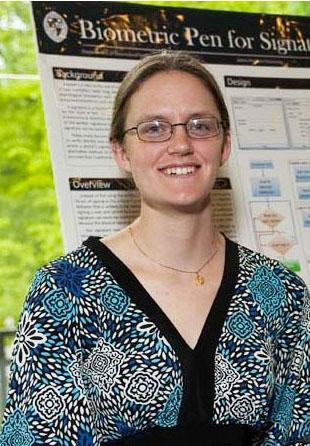Invited Talk by Caitlin Schneider
Ultrasound for Robotic Interventions: New Transducers and Techniques
Abstract:
Techniques for image guidance during minimally invasive surgery have evolved as the technology changes. First, I would like to present some background research on kidney motion during patient positioning. This applies to image registration since these motions are generally not accounted for during image-to-patient registration.
Robotic surgery has addressed many of the challenges presented by minimally invasive surgery, we look to use ultrasound for improved navigation and diagnosis. We propose the use of a 'pick-up' ultrasound transducer for robot-assisted minimally invasive surgeries. Unlike prior approaches, the ultrasound transducer is inserted before the procedure and remains in the abdominal cavity throughout. This transducer can be used during surgery for vessel reconstruction, creating volumes of vessel trees, elastography measurements for tumor detection or cyst characterization and preoperative image-to-patient registration.
Lastly, We have also looked into other applications for elastography, specifically measuring how the freezing of tissue during cryoablation will effect the tissue stiffness. With this measurement, we could determine the extent of the ice ball after the ball has thawed, removing the need for repeated CT scans when ablating in liver or other solid organs.


